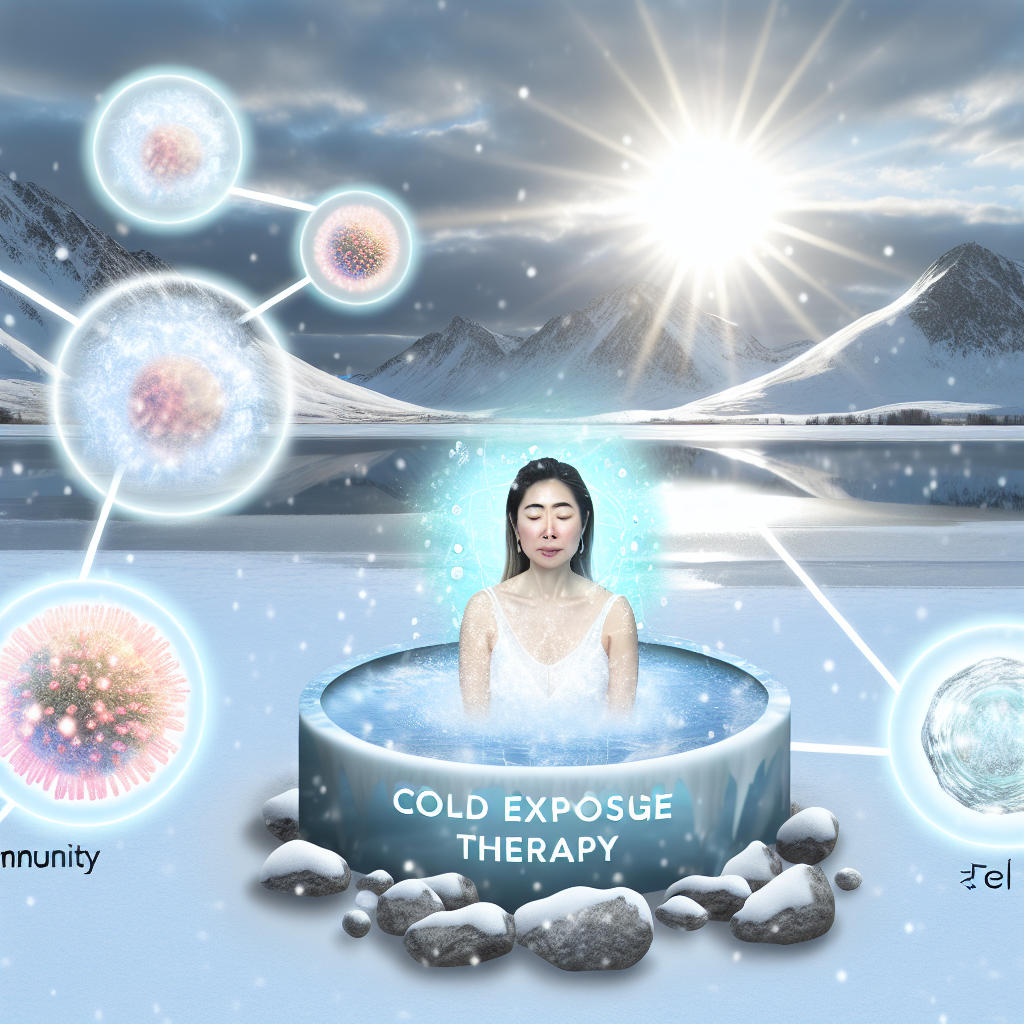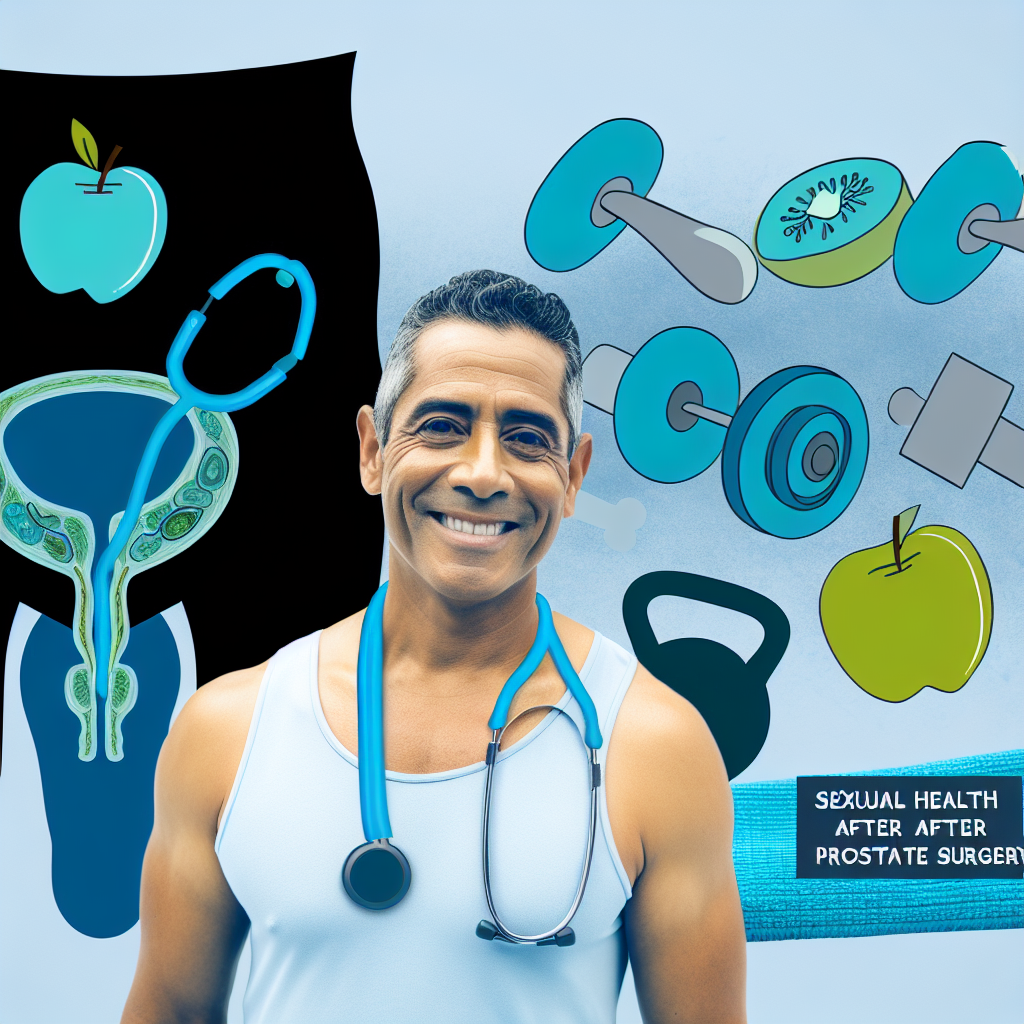Cold Exposure Therapy for Immunity and Resilience
Introduction
In recent years, cold exposure therapy has garnered significant attention as a natural, non-pharmaceutical method to enhance **immunity** and boost both **physical** and **mental resilience**. Techniques such as **cold showers**, **ice baths**, and **cryotherapy chambers** have surged in popularity, especially among men aiming to improve their overall health and performance. From active teens looking to enhance **athletic performance**, to adults and seniors aiming for better **vitality** and **stress management**, cold exposure is becoming a cornerstone of modern wellness routines.
Historically, cold exposure was widely practiced across ancient civilizations. The **Romans** alternated between hot and cold baths to promote health, while **Nordic cultures** embraced cold plunges as tradition. Today, scientific inquiry backs many of these age-old practices. One of the leading figures in this resurgence is Wim Hof, also known as “The Iceman”, who popularized a technique involving **cold exposure**, **breathwork**, and **mindset training**, now studied in academic and clinical settings.
At the core of cold exposure therapy is the concept of hormesis—a biological response to a controlled stressor that leads to adaptive strength over time. Immersing the body in cold conditions triggers a complex physiological response, which, when practiced consistently and safely, may strengthen the **immune system**, reduce **inflammation**, promote **mental clarity**, and improve overall **stress resilience**.
Beyond braving discomfort, this practice is about training the **nervous system**, developing **self-discipline**, and optimizing **metabolic** processes. Cold therapy is increasingly recognized not just as a recovery tool, but as a catalyst for long-term **health and vitality**. When integrated thoughtfully, it may unlock substantial health benefits for men across all stages of life—serving as a powerful ally in the pursuit of optimal well-being.
Features
The science supporting cold exposure therapy is steadily expanding, with numerous studies highlighting its potential in boosting **immune response**, improving **mental health**, enhancing **metabolism**, and reducing **inflammation**.
One of the most groundbreaking studies, conducted by Kox et al. and published in Proceedings of the National Academy of Sciences, focused on individuals trained in the Wim Hof Method (combining breathwork, meditation, and cold exposure). These participants exhibited a notably stronger immune response when exposed to an inflammatory challenge compared to controls. This suggests that routine cold exposure can _train the immune system_ to respond more efficiently under stress. [Read the study here](https://www.pnas.org/doi/10.1073/pnas.1322174111).
Another randomized controlled trial published in PLOS ONE found that individuals who took daily cold showers (lasting 30–90 seconds) took 29% fewer sick days than those who followed their usual warm showers. The proposed mechanism was an increased **autonomic nervous system** adaptation that enhanced **resilience** and **immune function**. [Read the PLOS ONE study](https://journals.plos.org/plosone/article?id=10.1371/journal.pone.0161749)
From an anti-inflammatory standpoint, cold exposure elevates norepinephrine levels, a hormone and neurotransmitter instrumental in reducing inflammation, enhancing **mental alertness**, and supporting **energy levels**. According to research published by the NIH, increases in norepinephrine triggered through cold therapy may contribute to reduced pain sensitivity and accelerated recovery after physical exertion. [Learn more on NIH](https://pubmed.ncbi.nlm.nih.gov/18723086/)
In terms of **metabolic health**, studies show that cold exposure activates **brown adipose tissue (BAT)**, also known as “good fat.” BAT helps burn calories to generate heat and is associated with improved **glucose metabolism** and reduced insulin resistance. A study in Diabetes journal found that exposing healthy men to cold triggered measurable BAT activity that could have implications for obesity and type 2 diabetes management. [Explore the Diabetes journal study](https://diabetesjournals.org/diabetes/article/58/7/1526/14155/Cold-Activated-Brown-Adipose-Tissue-in-Healthy-Men)
Mental health also stands to benefit. A case report published in BMJ Case Reports highlighted a 24-year-old woman who used **open-water swimming** as a treatment for depression. Her symptoms showed a marked decline after consistent exposure, suggesting that the shock of cold water may improve symptoms of **depression** and **anxiety** through mechanisms possibly related to endorphin release and mood regulation. [Read the BMJ Case Study](https://casereports.bmj.com/content/2018/bcr-2018-225007)
Collectively, these emerging insights reinforce the therapeutic potential of cold therapy. When practiced regularly and safely, it may serve as a practical, low-cost intervention to support immune health, improve recovery, and enhance psychological robustness.
Conclusion
Cold exposure therapy is far more than a fleeting wellness trend—it is a revival of ancient techniques now being validated by modern scientific methods. For men across all life stages—from young athletes to mature adults and seniors—the potential benefits are impressive. Consistent cold exposure can enhance **immunity**, promote **mental clarity**, improve **metabolism**, and support emotional **resilience**.
However, as this technique involves abrupt physiological changes, it must be practiced with caution. Men who have cardiovascular conditions or chronic health concerns should consult a healthcare provider before beginning cold therapy. For healthy individuals, it is best to start gradually—with short cold showers—and work up slowly to longer exposures, such as **ice baths** or **supervised cryotherapy** sessions.
As part of a well-rounded approach to wellness, strategic cold exposure brings something timeless and empowering to modern health: a way to build inner strength through outer challenge. In today’s unpredictable world, this powerful yet natural discipline might just be one of the most accessible ways to unlock long-term health and resilience.
Concise Summary
Cold exposure therapy, including cold showers and ice baths, is a rising wellness practice backed by both historical use and modern research. Studies show it can boost immunity, reduce inflammation, enhance mental health, and support metabolic function through mechanisms like activation of brown fat and increased norepinephrine. Practiced correctly, it builds stress resilience and mental fortitude. While promising for men of all ages, those with health conditions should consult a doctor before trying it. Gradual exposure is key to reaping the full benefits of this powerful, natural therapy for long-term vitality.
References
– Kox, M. et al. (2014). Voluntary activation of the sympathetic nervous system and attenuation of the innate immune response. PNAS. [Read Study](https://www.pnas.org/doi/10.1073/pnas.1322174111)
– Buijze, G. A. J., et al. (2016). The effect of cold showering on health and work. PLOS ONE. [Read Study](https://journals.plos.org/plosone/article?id=10.1371/journal.pone.0161749)
– NIHR. (2008). Norepinephrine and Immune Function. NIH. [Learn More](https://pubmed.ncbi.nlm.nih.gov/18723086/)
– van Marken Lichtenbelt, W. D. et al. (2009). Cold-Activated Brown Adipose Tissue in Healthy Men. Diabetes. [Explore Study](https://diabetesjournals.org/diabetes/article/58/7/1526/14155/Cold-Activated-Brown-Adipose-Tissue-in-Healthy-Men)
– van Tulleken, C. et al. (2018). Open-water swimming as a treatment for major depressive disorder. BMJ Case Reports. [Read Case](https://casereports.bmj.com/content/2018/bcr-2018-225007)

Dominic E. is a passionate filmmaker navigating the exciting intersection of art and science. By day, he delves into the complexities of the human body as a full-time medical writer, meticulously translating intricate medical concepts into accessible and engaging narratives. By night, he explores the boundless realm of cinematic storytelling, crafting narratives that evoke emotion and challenge perspectives. Film Student and Full-time Medical Writer for ContentVendor.com




